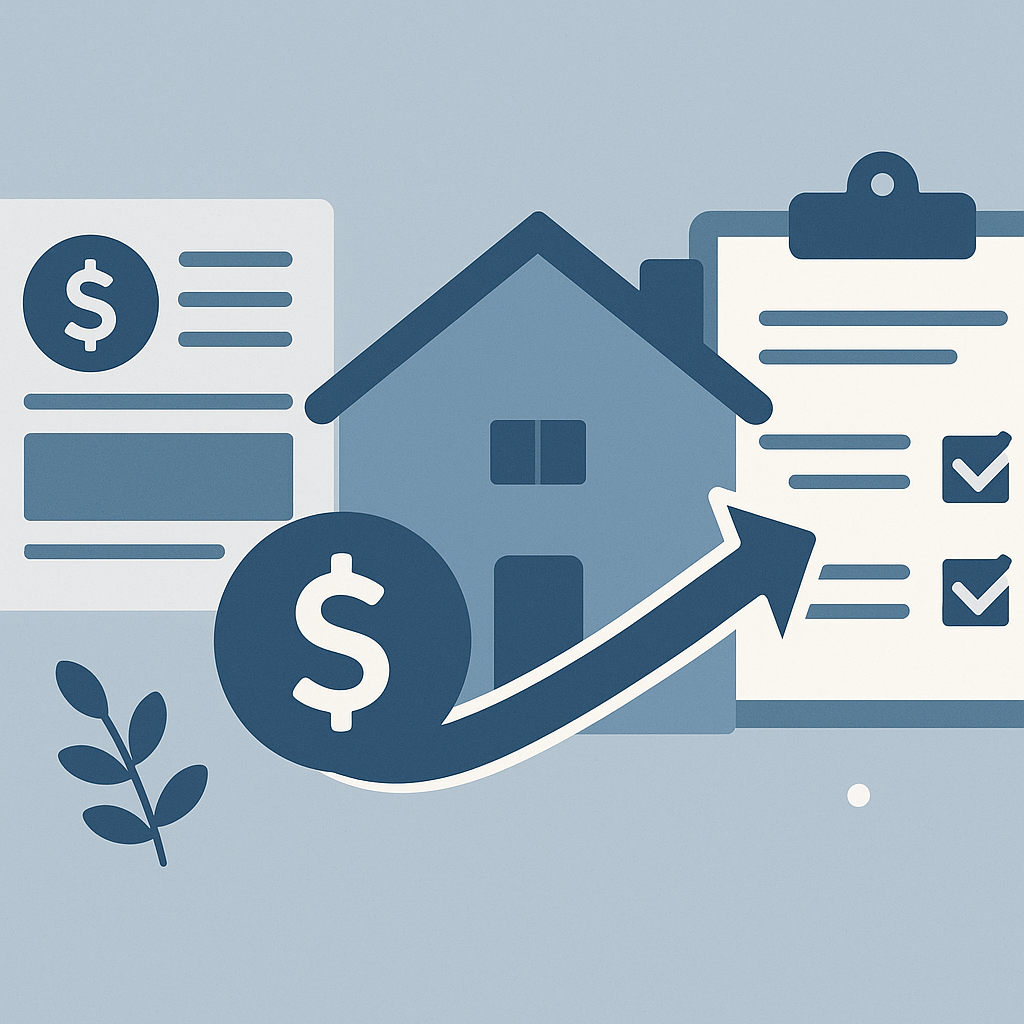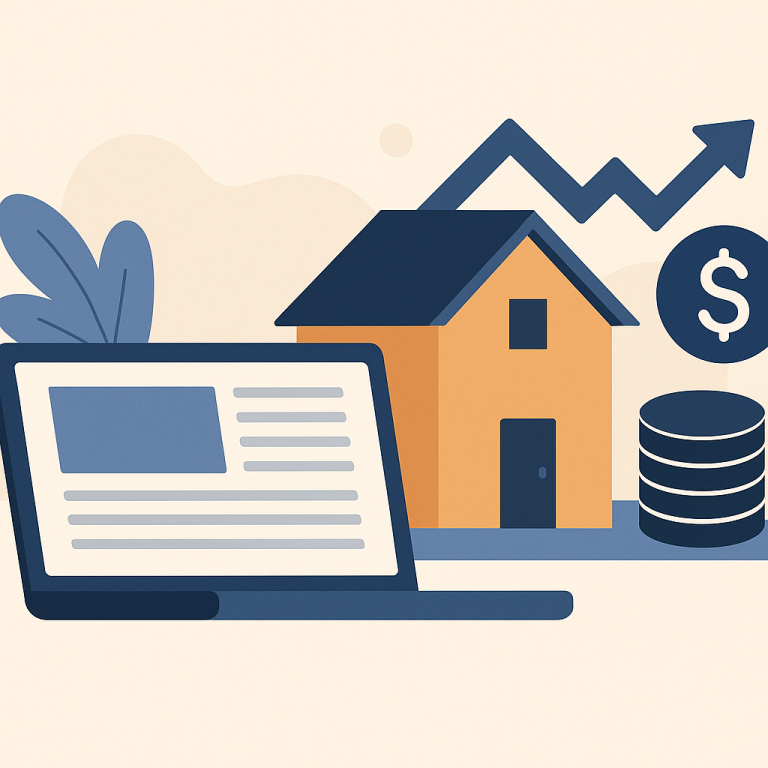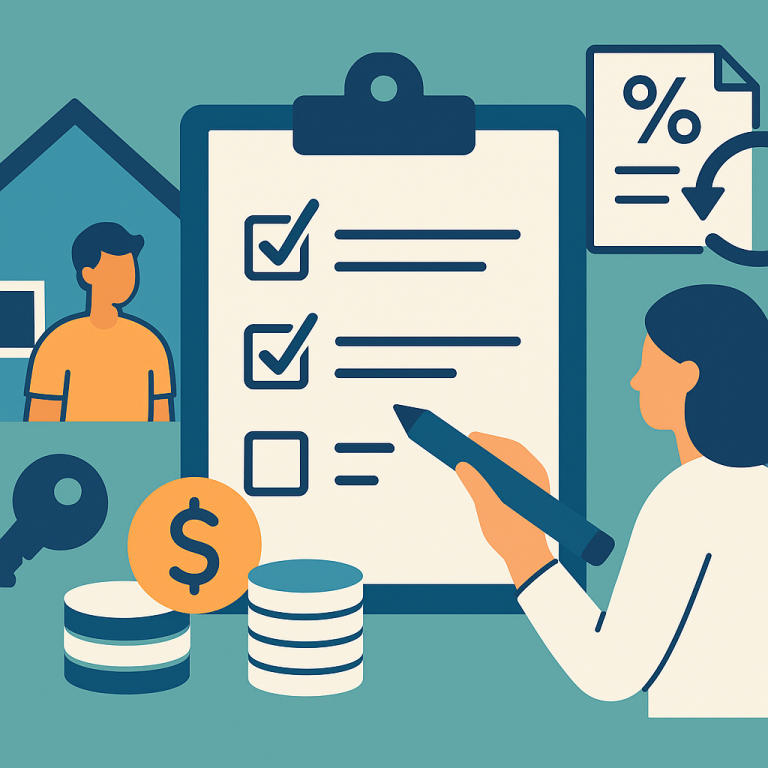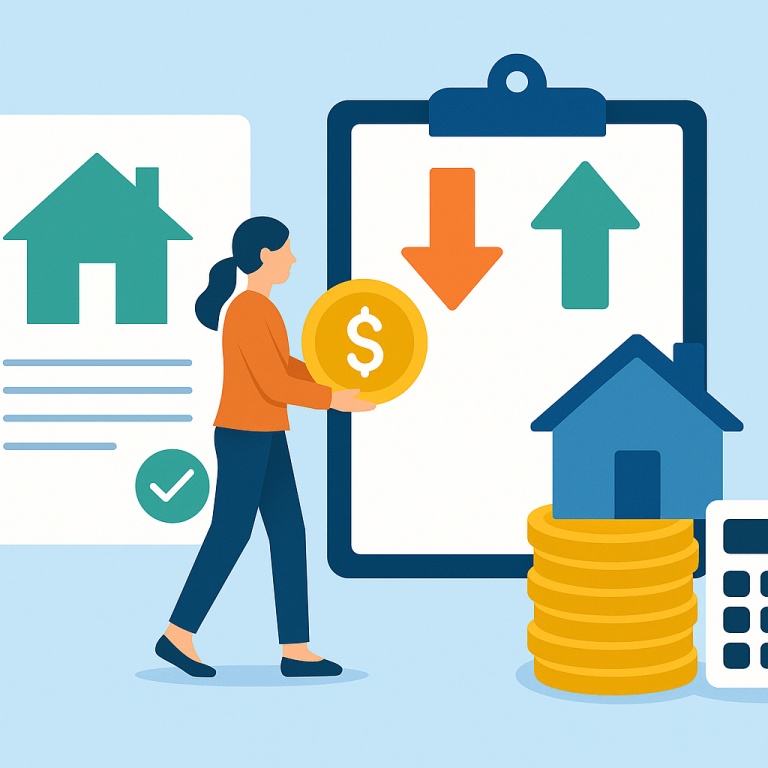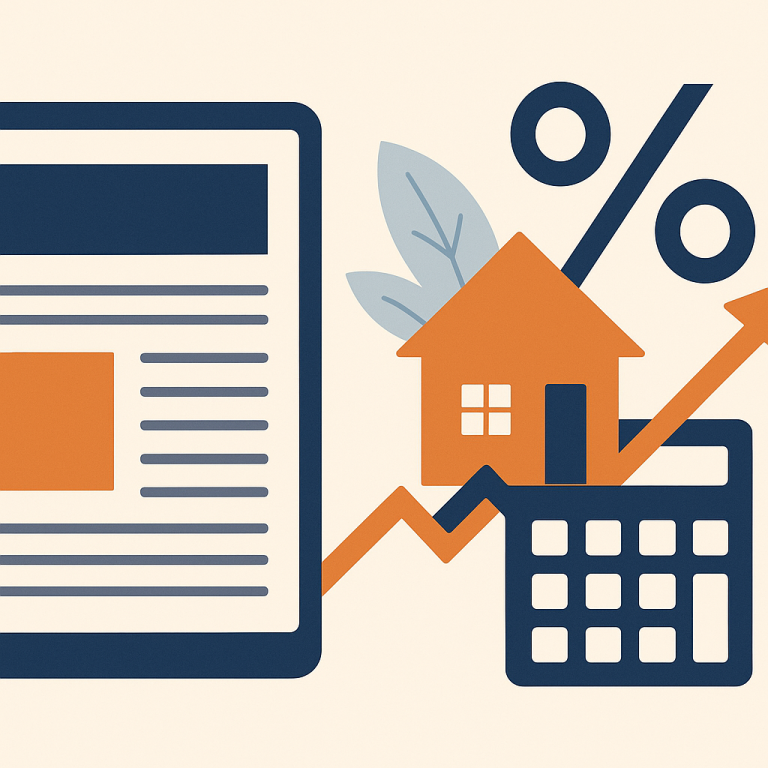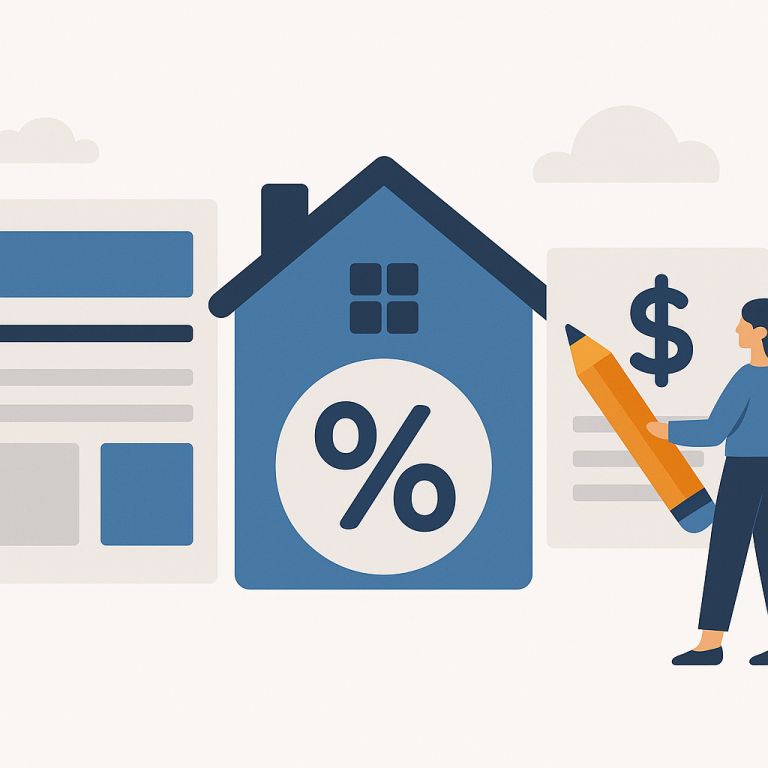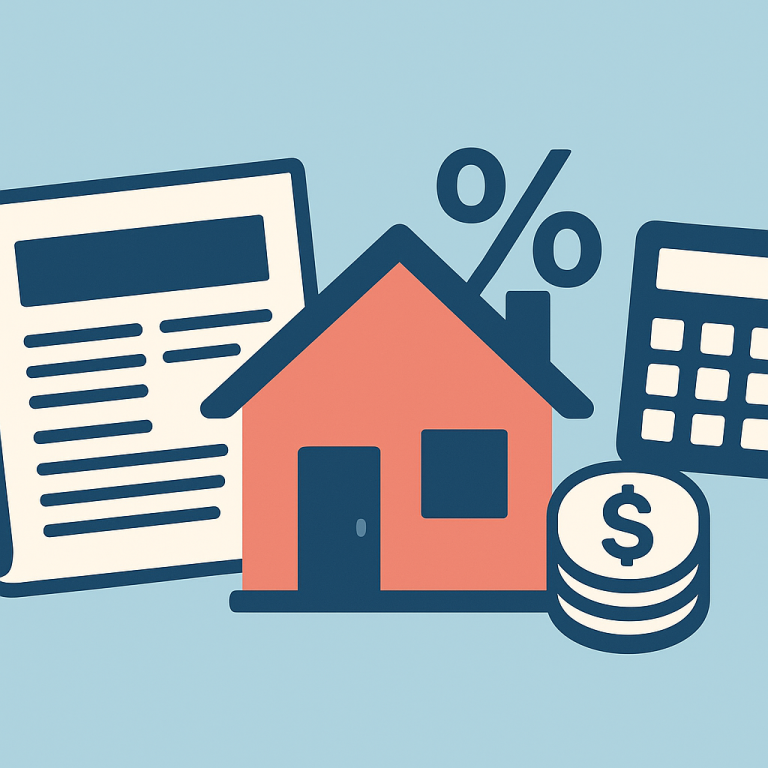Refinancing Fees Cut Across Major Lenders, Closing Costs Fall Up to $1,200
At a glance: Higher refinance fees and closing costs and how it could affect refinancing decisions.
Lenders have raised refinance origination fees, pushing up closing costs and lengthening breakeven timelines for many borrowers.
What Higher Refinance Fees Mean for Borrowers
Mortgage refinancing activity is shifting from a rush to refinance at historically low rates to a more selective, case-by-case decision as mortgage rates stabilize. Lenders and borrowers alike are adapting to a market where potential savings depend less on broad rate trends and more on individual loan characteristics, homeowner objectives and transaction costs.
Why the landscape is changing
After a period of sharp rate fluctuations, borrowing costs have settled into a range that no longer guarantees obvious savings for every homeowner. For many borrowers, the calculus now involves evaluating whether a smaller reduction in rate or a change in loan term justifies the fees and time involved. Lenders have adjusted products and underwriting standards to reflect the new environment, making it more important for homeowners to shop and compare offers.
Who stands to benefit
Refinancing remains most beneficial for homeowners who have clear, measurable goals and the financial profile to support the transaction. Common scenarios where refinancing often makes sense include:
- Homeowners looking to shorten their loan term to build equity faster and reduce interest costs over the life of the loan.
- Borrowers seeking to convert from an adjustable-rate mortgage to a fixed-rate mortgage for predictability.
- Those with significant home equity who want to access cash for home improvements or other strategic uses, provided the cash-out does not undermine long-term affordability.
- Individuals whose credit profiles have improved since they originated their mortgage and can therefore qualify for better terms.
Costs and trade-offs to weigh
Even when a lower rate is available, homeowners must account for closing costs, prepayment penalties on their existing loan and the time required to break even on the refinance cost. Extending the loan term can reduce monthly payments but increase total interest paid over time. Conversely, reducing the term can increase monthly payments even as it cuts lifetime interest. Borrowers should also consider tax implications and the potential impact of tapping home equity on financial flexibility.
Practical steps for homeowners
Homeowners deciding whether to refinance should take these actions to make an informed choice:
- Get multiple rate quotes and ask for a detailed estimate of closing costs and fees for each option.
- Calculate the break-even period—the time it takes for monthly savings to offset upfront costs—and compare it to how long you plan to remain in the home.
- Consider loan term and product type carefully; a switch from adjustable to fixed or shortening the term can have different long-term effects than a modest rate reduction.
- Review your credit profile and gather documentation early to avoid surprises in underwriting.
- Speak with your current servicer about potential prepayment penalties or other constraints tied to your existing mortgage.
Bottom line
Refinancing is no longer a one-size-fits-all decision driven solely by headline rates. Homeowners who approach refinancing with clear objectives, complete cost estimates and a comparison of product features are best positioned to identify when a refinance will produce meaningful financial benefits. For many, the right move will be determined by personal goals—such as reducing monthly payments, lowering long-term interest costs, or accessing equity—rather than by a generalized view of market rates alone.
META: topic=refinancing; angle=selective-refinancing-as-rates-stabilize; length=~580 words; audience=homeowners, finance-blog readers

